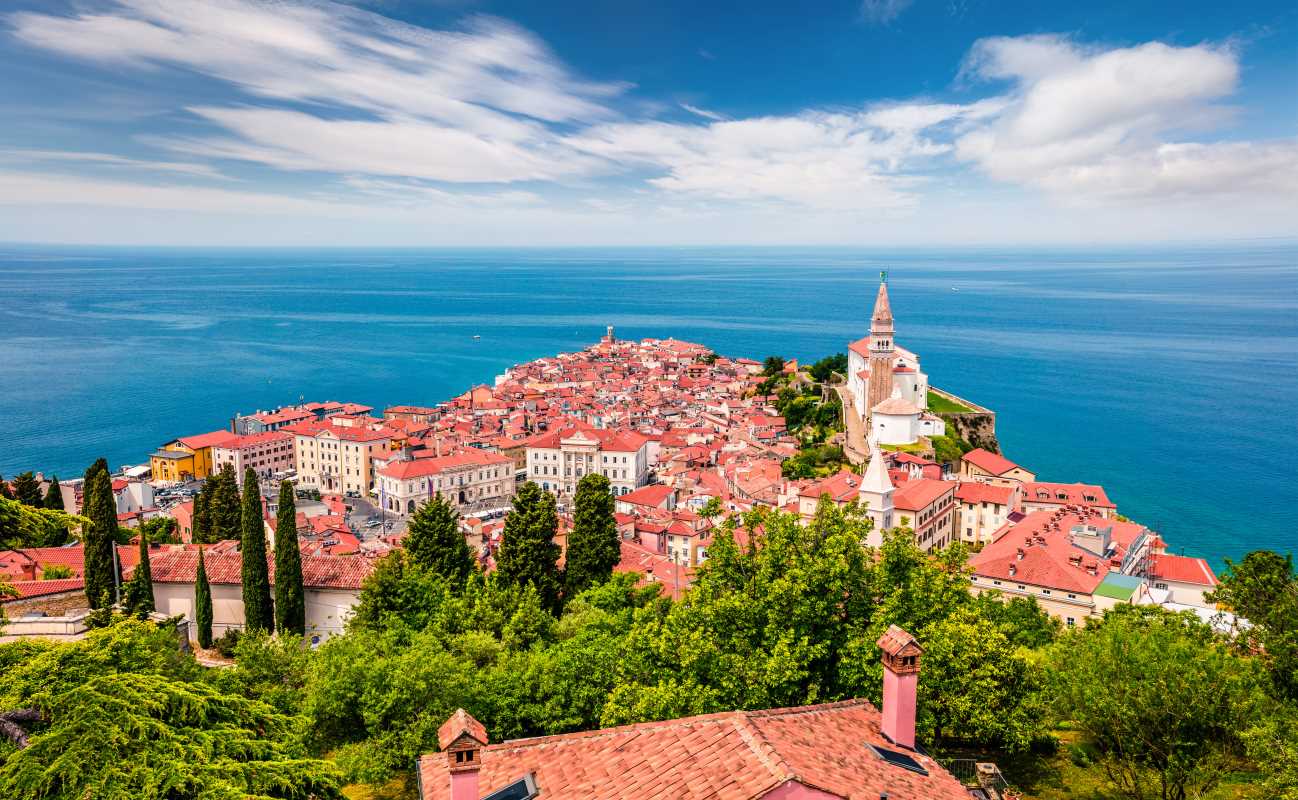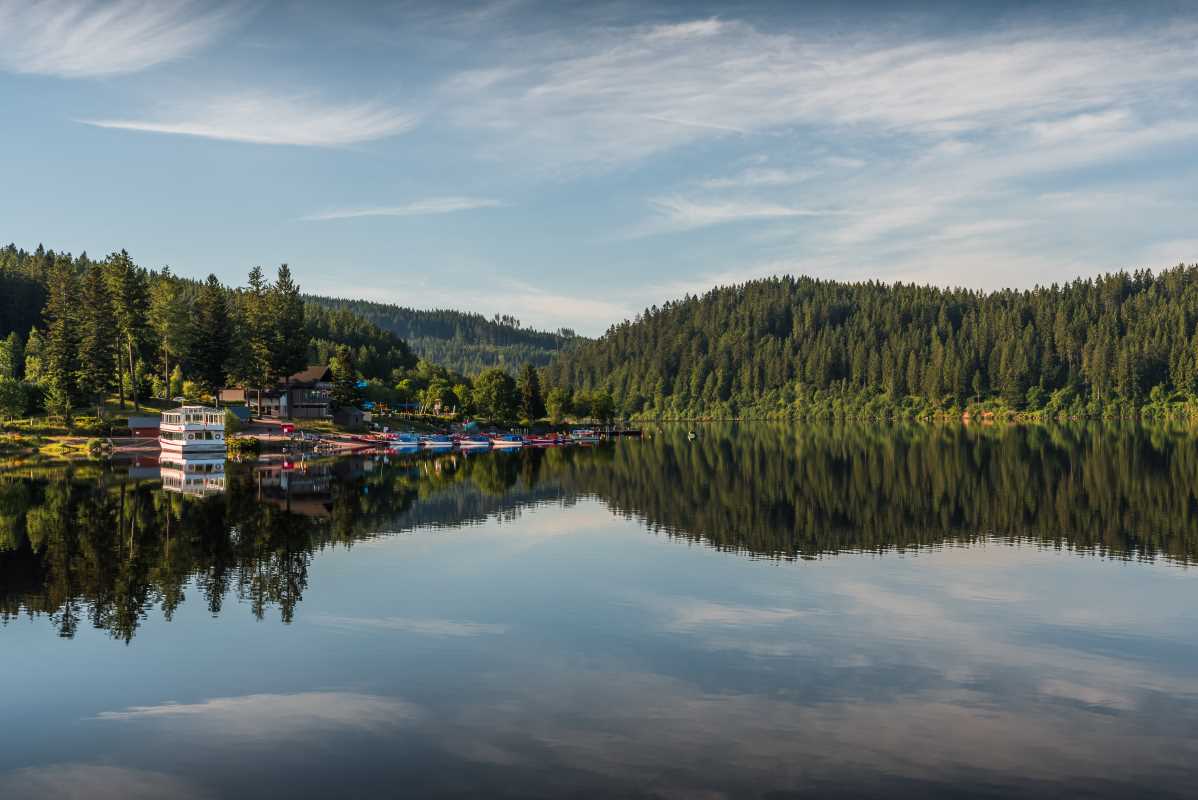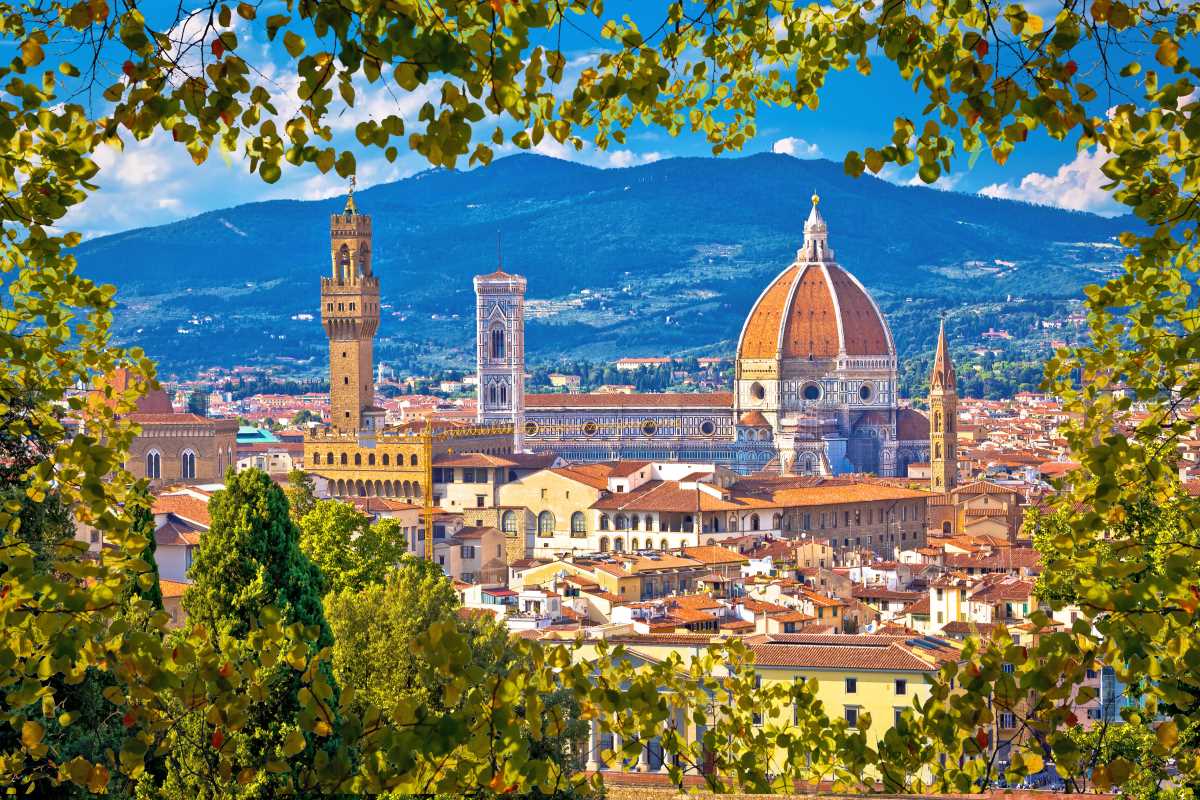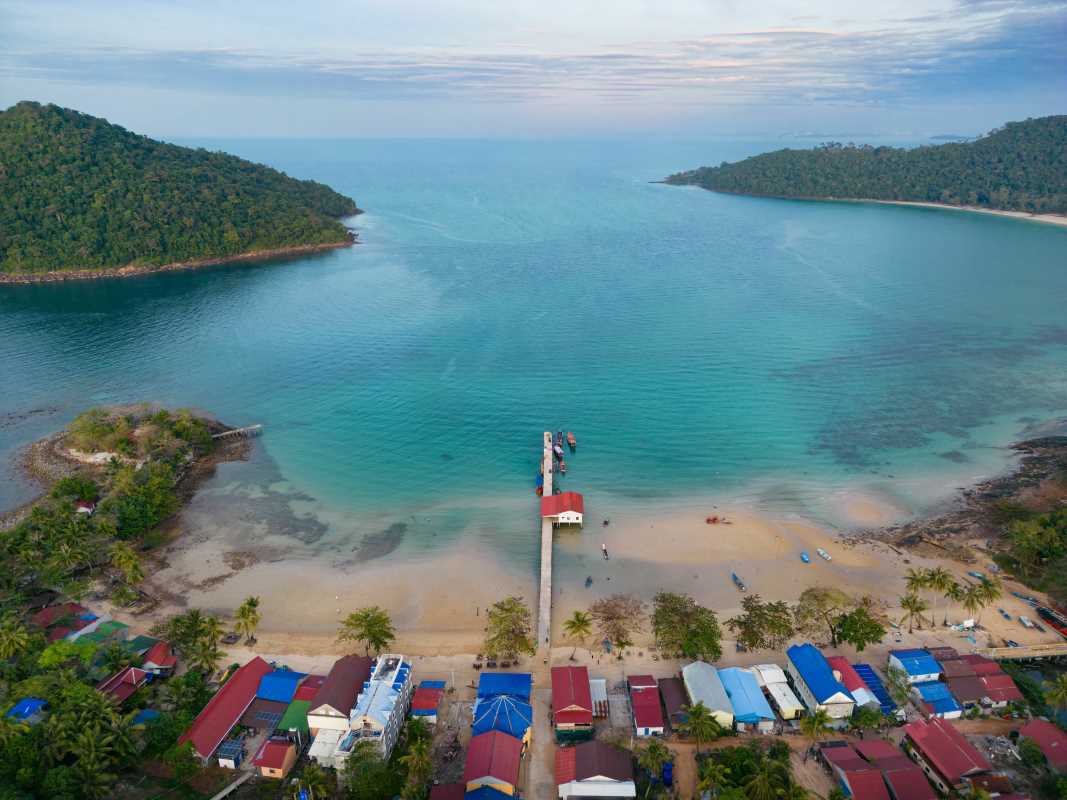When you think of Portugal, the first places that might come to mind are probably Lisbon’s bustling streets or the Algarve’s sun-soaked beaches. But tucked away in the country’s southern heartland lies the Alentejo region, a place where time slows down and every moment feels wrapped in stillness. Known for its rolling golden plains, medieval hilltop villages, and incredible food and wine, Alentejo is like Portugal’s best-kept secret. It’s a destination that invites you to disconnect, breathe deeply, and immerse yourself in everyday beauty. Whether you’re a foodie, a history buff, or someone who just loves a good adventure, there’s something for everyone here. Welcome to Alentejo, where the quiet grandeur is impossible to ignore.
The Landscape: Wide Open Spaces and Endless Skies
Alentejo’s landscape is breathtaking in its simplicity. Picture miles of gently rolling hills, fields of wheat shimmering in the sunlight, and cork oak trees dotting the horizon like sculptures. This is a region where nature takes center stage. The Alentejo is often celebrated as Portugal’s breadbasket, and for good reason. The fertile soil and warm Mediterranean climate make it perfect for farming and vineyards, both of which dominate the scenery.
Driving through the region feels like entering a painting. The sky stretches endlessly above you, often painted in soft hues of blue or orange during sunrise and sunset. Springtime adds bursts of color as wildflowers bloom across the fields, while summer brings clear skies and lazy afternoons. If you’re a photographer or simply someone who loves a stunning view, you’ll find yourself constantly reaching for your camera.
For outdoor lovers, Alentejo offers plenty of hikes, especially in its natural parks like Serra de São Mamede. You can walk along ancient trails, stumble upon small villages, and even spot wildlife like deer or wild boars if you’re lucky.
A Journey Through Time: The Rich History of Alentejo
History is everywhere in Alentejo. It’s in the cobblestone streets of its towns, the ancient castles perched on hilltops, and the Roman ruins scattered across the countryside. This part of Portugal has been home to countless civilizations over the centuries, from the Celts to the Romans and Moors.
One of the region’s historical jewels is the city of Évora, a UNESCO World Heritage Site. Its Roman temple, often referred to as the Temple of Diana, stands as a reminder of the city’s ancient past. Nearby, the 13th-century Évora Cathedral offers breathtaking views if you climb up to its rooftop. And for something truly unique, there’s the Capela dos Ossos, or Chapel of Bones, whose walls are eerily decorated with human bones and skulls.
Venturing further into the countryside, you’ll come across medieval villages like Monsaraz and Marvão. Monsaraz, with its whitewashed houses and well-preserved castle, feels frozen in time. Marvão, perched high on a hill, offers sweeping views of the surrounding plains that seem to go on forever. Walking through these places, it’s easy to imagine life here centuries ago, where daily life revolved around farming, trade, and community.
The Flavors of Alentejo: A Feast for the Senses
If you’re a foodie, get ready to fall in love. Alentejo’s cuisine is as rich and fulfilling as its landscapes. The food here is rooted in tradition, making the most of simple, local ingredients. Everything from olives and cork-fed pork to hearty bread and fresh herbs finds its way into the region’s signature dishes.
One of the most iconic dishes is açorda, a bread soup flavored with garlic, olive oil, and cilantro, usually topped with a poached egg. It’s humble but deeply satisfying. Then there’s the irresistible porco preto, or black pork, which comes from pigs raised on an acorn-rich diet. The meat is juicy, flavorful, and often grilled or slow-cooked to perfection.
To pair with these dishes, you’ll want to sample Alentejo’s wines. The region is famous for its reds, which are bold and full-bodied, though there are also some lovely whites and rosés to try. Many wineries offer tours and tastings, so you can see the winemaking process up close and learn what makes Alentejo wines unique. Some even have picnic spots where you can enjoy a meal surrounded by vineyards.
And don’t forget dessert! Look for sweets like sericaia, a creamy egg custard dusted with cinnamon, or bolo rançoso, a moist, almond-infused cake. Every bite feels like a celebration.
Culture and Tradition: The Soul of Alentejo
What truly sets Alentejo apart is its strong sense of culture and tradition. Life here moves at a slower, more deliberate pace, and locals place great value on community and heritage. You’ll see this in the region’s music, art, and even its everyday way of life.
One of the most famous cultural treasures is cante alentejano, a style of traditional singing that’s been recognized by UNESCO as an Intangible Cultural Heritage of Humanity. It’s a unique form of choral singing, often performed by groups of men who harmonize in deep, hauntingly beautiful tones. Hearing a live performance of cante alentejano is a moving experience, one that stays with you long after the music fades.
Artisans in Alentejo are also keeping centuries-old crafts alive. The region is known for its handmade pottery, tapestry weaving, and cork products. Cork, in particular, is a big deal here. Portugal produces about half of the world’s cork, and much of it comes from Alentejo. You’ll find everything from cork handbags to coasters in local shops, perfect for unique souvenirs.
Practical Tips for Exploring Alentejo
To really appreciate Alentejo, you’ll want to take your time. It’s not the kind of place you rush through. Renting a car is highly recommended, as public transportation options are limited and the best spots are often tucked away in the countryside.
Spring (March to May) and autumn (September to November) are the best times to visit. The weather is mild, and the landscapes are at their most striking. Summers can get very hot, with temperatures often climbing above 100°F, while winters are cooler but still pleasant.
When it comes to accommodation, you’ll find plenty of charming options. There are rural farmhouses, or herdades, where you can stay close to nature and experience the local lifestyle. Many of these places offer homemade meals using ingredients straight from their land. For something more luxurious, there are boutique hotels and pousadas, historic buildings converted into comfortable lodgings.
Pack comfortable shoes for walking and layers for the evenings, which can be cool even after warm days. Don’t forget your appetite for food, wine, and adventure.
Alentejo might not have the big-name attractions of Lisbon or Porto, but that’s exactly what makes it so special. It’s a place where you can escape the crowds and indulge in simple, unforgettable pleasures. This is a region that invites you to slow down, connect, and discover. It’s beauty without the noise, tradition without the rush, and flavors that linger in both your senses and your memory.
 (Image via
(Image via





